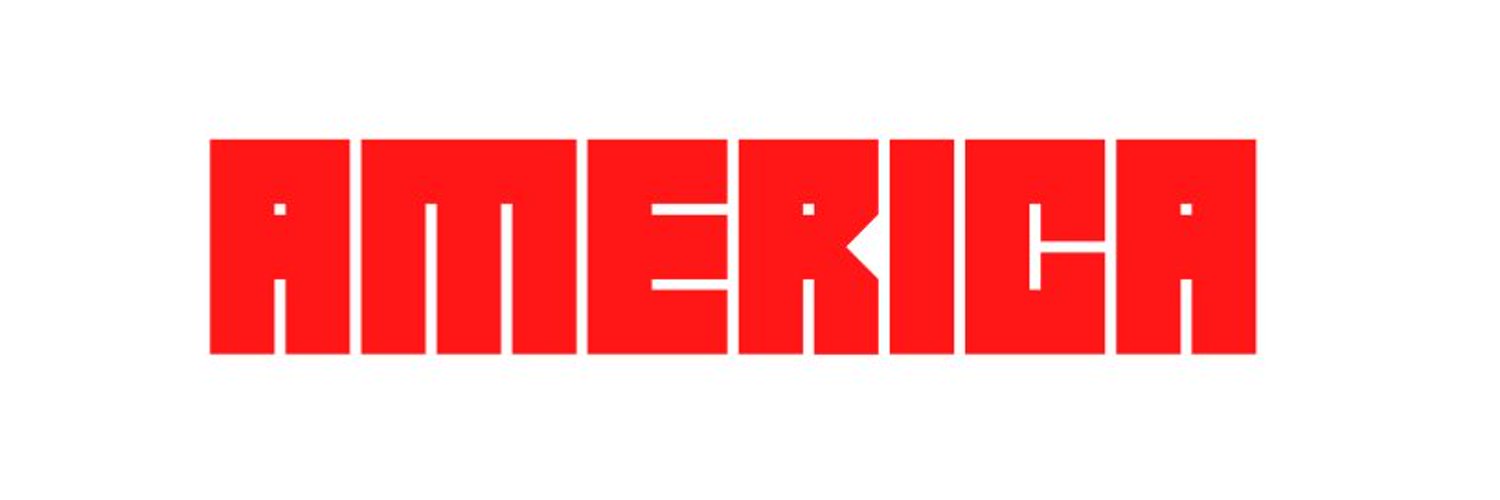Gmail's Redesign by Google Is Part of a Larger Company Push
The most significant improvements in Google's extensive revamp of Gmail are difficult to detect. Yet first...
Must-read articles for today:
Tornado-related suspect in crypto-laundering was detained Elon Musk is discussing his future plans with China's censors Do platforms for streaming video games provide too much of a good thing?
The change to Gmail
You might have seen some significant updates to Gmail in recent weeks, including new color schemes, updated menus, navigational tools, and a revised approach to engaging with other Google services from within your inbox.
At first sight, it would appear to be a simple redesign, but considering that Google's email platform has well over a billion users who appear to be addicted to it, even the smallest pixel changes or button repositionings can have a significant impact on engagement and market share. The effort to create a "unified Gmail," as product manager Neena Kamath put it, is part of what the search giant owned by Alphabet Inc. is attempting to do to make it easier for users to switch between online apps.
The updated version of Gmail, which is being released to the public in phases, aligns the service with Google's expanding design language, which is meant to provide the company's diverse applications—from Android to ChromeOS—with consistent visual themes and interaction elements. That effectively means Gmail gets softer blues instead of its usual white and red, rounder margins, and more interactive overlays for your inbox. Some detractors thought this was more of a data-driven redesign than a fundamental overhaul of the email system. The new Gmail, at least to me, feels more contemporary, smoother, and quite similar to Microsoft Corp.'s rival Outlook, even though Google has a history of exhaustively A/B testing designs.
Google has made the makeover optional and hidden its most important UI change under a settings option, possibly out of worry that users may get resentful of too many changes at once. You may choose which Google apps, such as Google Chat and Google's Meet video conferencing service, are available inside Gmail using this feature. In a new vertical bar to the left of the conventional email menu links for sending messages, reading drafts, and other functions, the buttons are presented as miniature Gmail applications. Like Microsoft's rival web email client, which has buttons for Word, Excel, and online files, all on a similarly situated menu inside Outlook, one might picture Gmail eventually adding options for a range of Google services such as Docs, Drive, and Sheets. Given that Google and Microsoft—as well as the majority of other cloud and business players—are engaged in a conflict over the sale of productivity software, the similarities are not unexpected.
This new "unified" Gmail may seem like more of the same to users who are accustomed to the long list of abandoned Google products and brands—Buzz, Wave, Google+, and G Suite, to mention just a few—as it is yet another attempt by the firm to combine many services into a single library. After all, Gmail serves as millions, if not billions of users' default home screen. I, for one, am likely to have several dozen Gmail tabs open at any given time, switching between conversations and archived emails, typically along with Google Calendar notifications, cloud files in Docs or Drive, YouTube videos, and of course, a ton of Google search sites. Often, it's a mess.
Native apps for mobile and desktop devices, as well as browsers like Chrome and Apple Inc.'s Safari, ultimately clean up some of this disarray. The question is how many programs websites like Gmail can actually combine before the interface becomes too crowded. In a blog post about the revamped Gmail, Kamath stated that the team worked to strike the right balance between Gmail's role as "a standalone email application or a Google services, observing that the epidemic has caused a mix of email, talking, video chats, and user cooperation. Center for simply switching across. A Google representative said the company is "increasingly seeing Gmail as a key place for users to handle communication in their everyday life" as part of its Workspace productivity offerings.
Meaning that, at least in the short future, Google Chat (formerly known as Hangouts), Google Meet (now combined with another video service dubbed Google Duo), and Google Spaces will be the standard micro applications inside Gmail (previously called Rooms). Just let's hope that Gmail doesn't change its name in the upcoming iteration of Google's email service.
The major event
Peloton is eliminating hundreds of employees, shutting a sizable number of retail sites, and hiking the cost of its training equipment in the wake of its dramatic surge and collapse during the epidemic.
What else is important to know
Details of economic negotiations with Taiwan may soon be made public by the Biden administration, which is expected to escalate tensions with China.
Tencent, which is predicted to disclose its first revenue decline since 2008, is struggling more and more as a result of the $560 billion market value collapse.
The Merge, a much-anticipated upgrade to the blockchain, is expected to finally take place next month, according to Ethereum inventor Vitalik Buterin.
- According to a draft letter from the National Republican Senatorial Committee, "Google and its algorithms are preventing Republicans from raising millions of dollars more than they should be able to. that calls Google's strategy "wrong... It's hazardous and arrives too late for campaigns."






